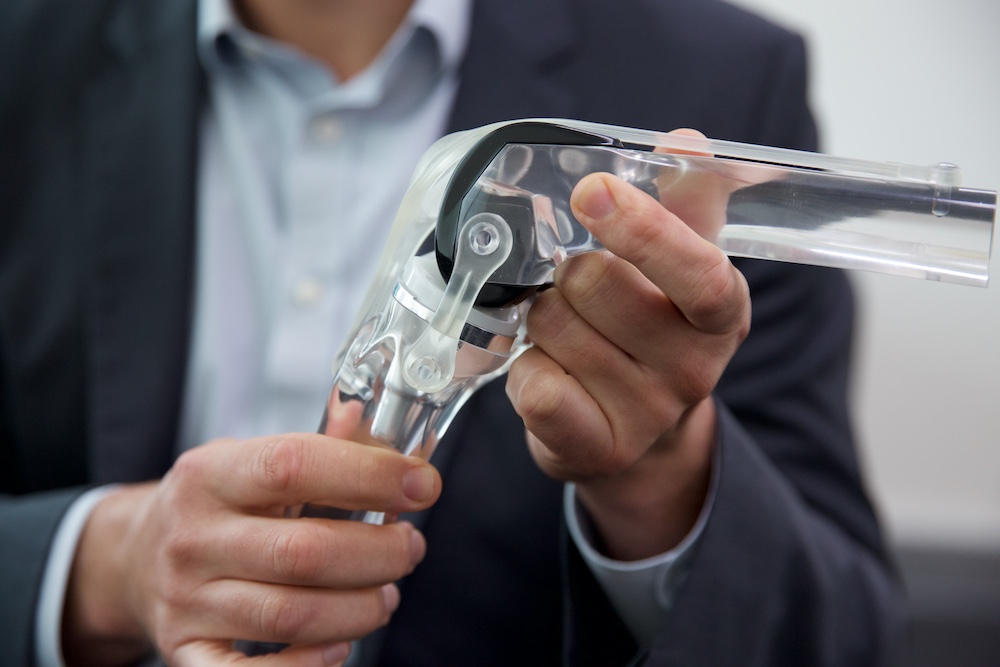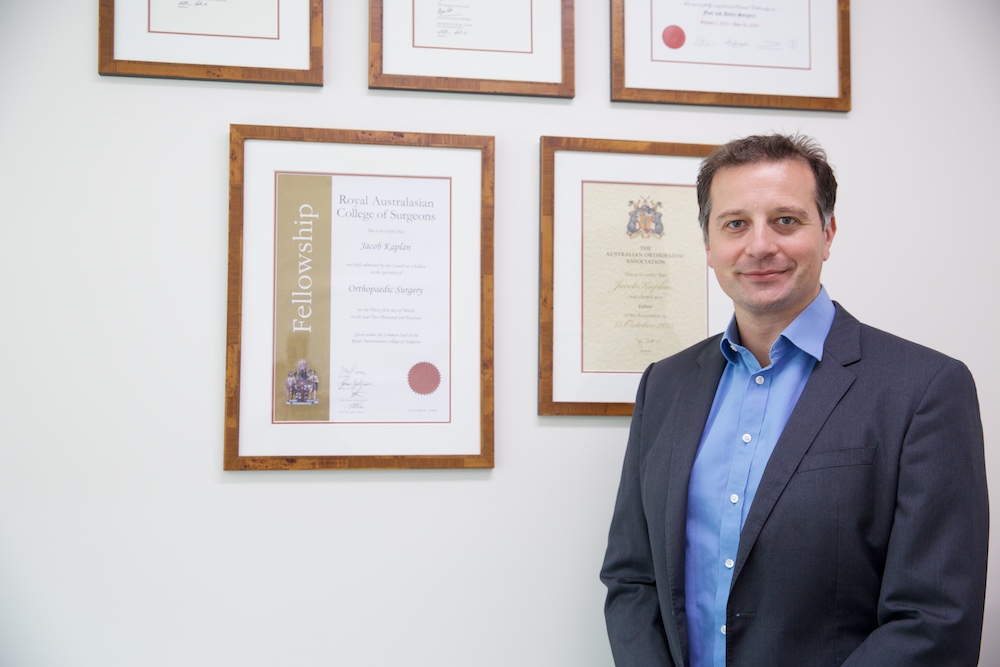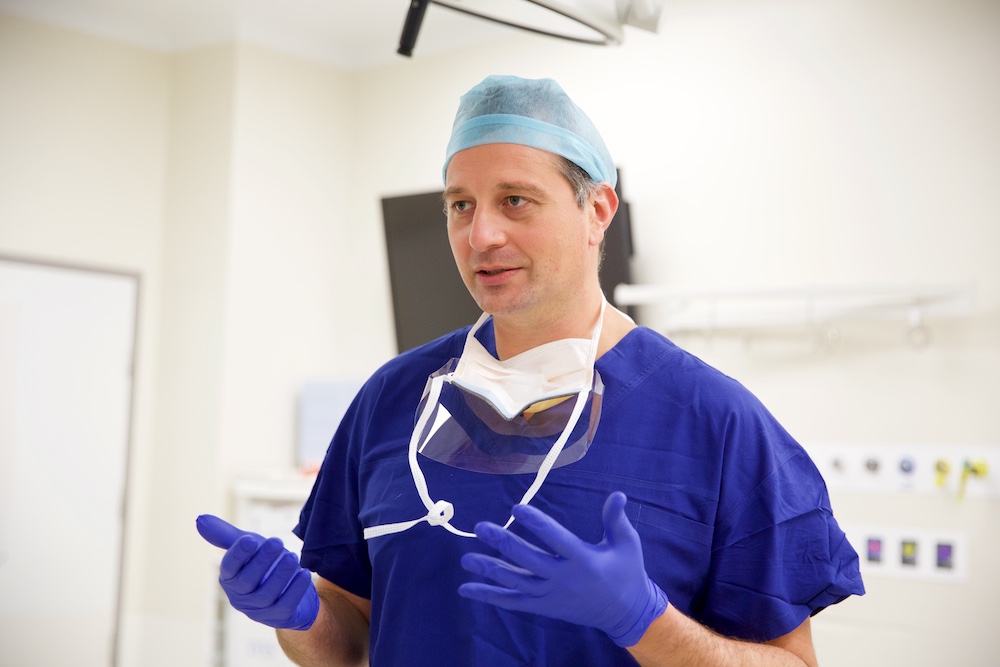Our locations:
Our locations:
- Miranda
- Bondi Junction
- Hurstville
- Sydney CBD
Knee replacements are the most commonly performed operations due to the very nature of our joints, which have evolved to function in a very specific way, allowing only a certain range of movement.
The knee joint is the largest in your body, responsible for supporting practically all of your body weight, although as much as three times that number during intensive running or high impact sports such as netball, dancing etc.
Through overextension or overexertion or injury, these connections can be strained beyond their capabilities, resulting in injury and structural damage. At the same time, degenerative conditions can also increase the risk of injury and pain.
Those experiencing persistent pain or discomfort may need knee surgery, especially when the condition hasn’t responded to pain relief or other forms of non-operative treatment. The type and severity of the knee injury presented will determine which whether a surgical or non surgical route is most effective for you.
There are various knee operations, the most common of which are:
All of these procedures are made possible through the surgical technique of arthroscopy, a type of keyhole surgery where a camera probe is inserted into the knee joint. Guided by this probe, the surgeon inserts instruments, through a separate incision, to operate on the joint.



Knee replacement is where the surgeon inserts artificial materials, typically metal, ceramic or plastic, in place of extracted joint parts that were damaged. Whether you require a total knee replacement operation depends on the extent of the structural damage.
Your knee is made up of three compartments, the medial (inside), the lateral (outside) and the patellofemoral. Partial knee replacements are old school and not done any more.
Based on the type of knee surgery, patients receive the appropriate anaesthesia, though risk factors and personal preferences are also taken into account.
Most people will be able to walk unassisted around 6 weeks after surgery. It can take up to 3 months to return to usual activities, or 6 months before full strength is returned, though they do stress these timeframes are dependent on your prior medical condition and personal expectations.
Participation in physical therapy, including prehabilitation, heavily influences your rate of recovery from knee surgery. Despite any temporary pain you feel in the new knee joint, it’s vital to remain physically active as your commitment to this rehabilitation will affect your long-term results.
Suitable post-surgical pain management is key, which relies on various forms of relief, including:
In certain cases, multiple modes of pain relief can be combined for optimal recovery. This allows patients to use stronger medications less frequently, minimizing side effects while effectively treating knee pain.
Several large health funds offer no gap knee replacements meaning the fund cover all costs of the operation. Physiotherapy at home is also an option may be available depending on your private health fund. Please call us for more information.
You can find out more about your anticipated costs by consulting with your healthcare provider.
© 2014-2022 Knee, Foot and Ankle Surgery. All rights reserved. Made by Shtudio in 2022.